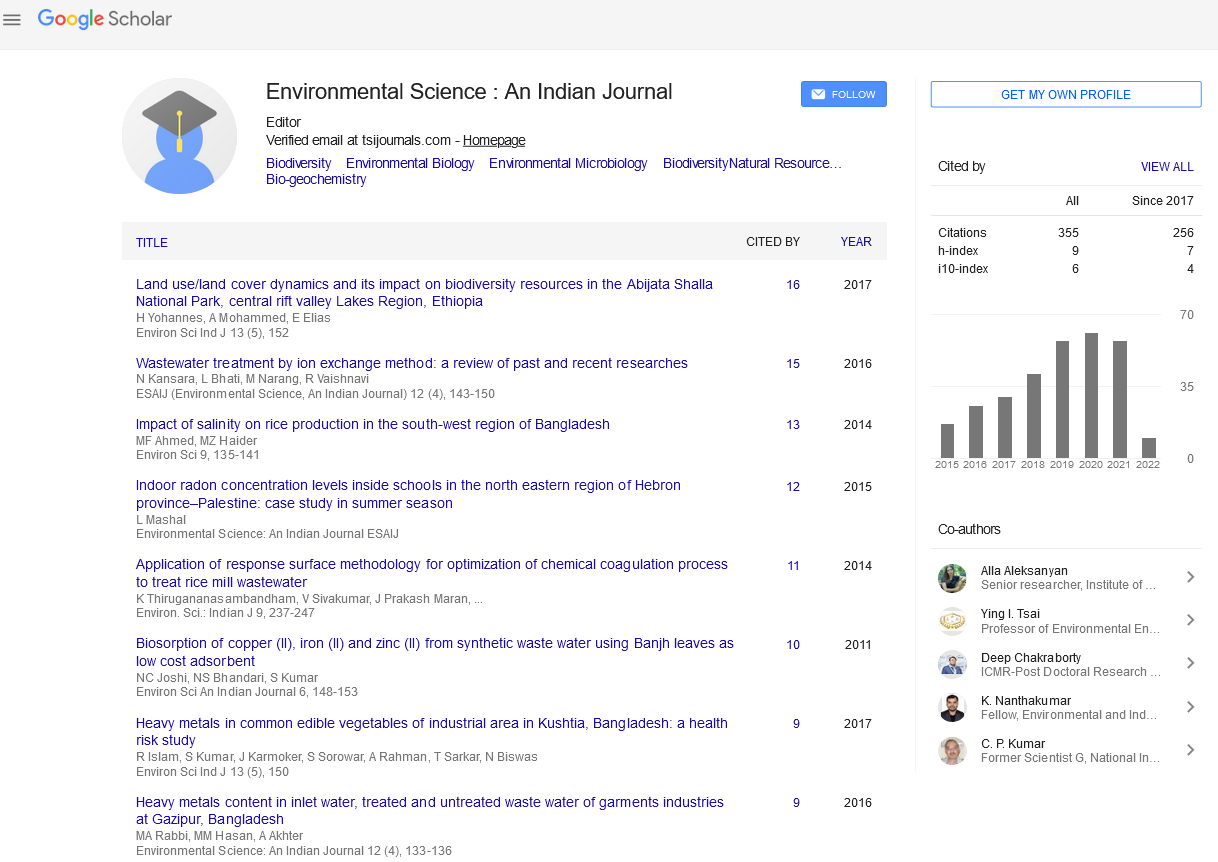Abstract
Quantification of effect of linear anionic polyacrylamide (LA-PAM) on seepage in irrigation channels in Maule catchment
Author(s): Hamil Uribe and Cristian ArancibiaIn Chile, the water for irrigation and hydroelectricity is delivery through unlined channels on earth, which have high seepage losses. Traditional seepage-abatement technologies are very expensive. The goals of this work was to quantify water loss in unlined channels and select reaches to evaluate the use of Linear Anionic Polyacrylamide (LA-PAM) to reduce seepage losses. The study was carried out in Maule region, central area of Chile. Water users indicated 36 reaches with potential seepage losses, 91 km of channels in total, whose flow varied between 0.66 and 23.6 m3s-1. According to flow measurements, 9 reaches of channels, 13.43 km in total were selected for LA-PAM application. 1 to 3 LA-PAM applications were performed at rates of 11 kg ha-1, considering wet perimeter area as basis of calculation. Large channels were used to allow motorboat moving against the current to carry-out LA-PAM application. For applications a seeder machine (Lhaura model 10502) was used to evenly distribute granulated polymer on water surface. Water flow was measured (StreamPro ADCP) at both ends of selected reaches, before and after LA-PAM application. Weekly measurements were made to quantify treatment effect duration. In each case water turbidity and temperature were measured (multi-parameter water quality checker Horiba U-50). Channels showed variable losses up 12.5%. Channels showing water gains were not treated with PAM. In more than 87% cases LA-PAM effect was positive, achieving loss reductions of 7 to 3% in average. Water loss was confirmed and it was possible to reduce seepage through LA-PAM applications provided that losses were known and correctly determined when applying the polymer. This could allow increasing irrigation security in critical periods, especially under drought conditions.

